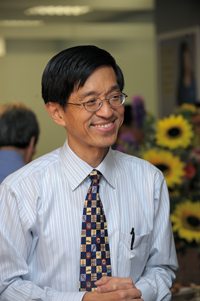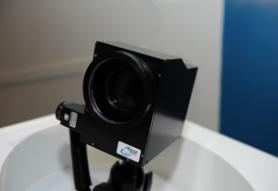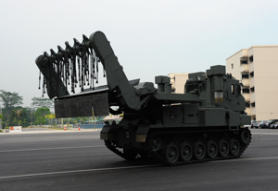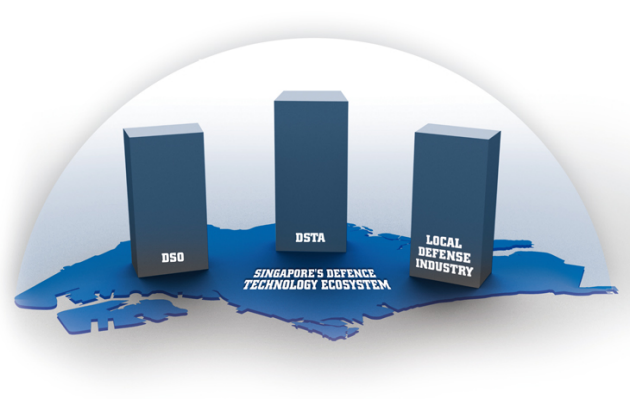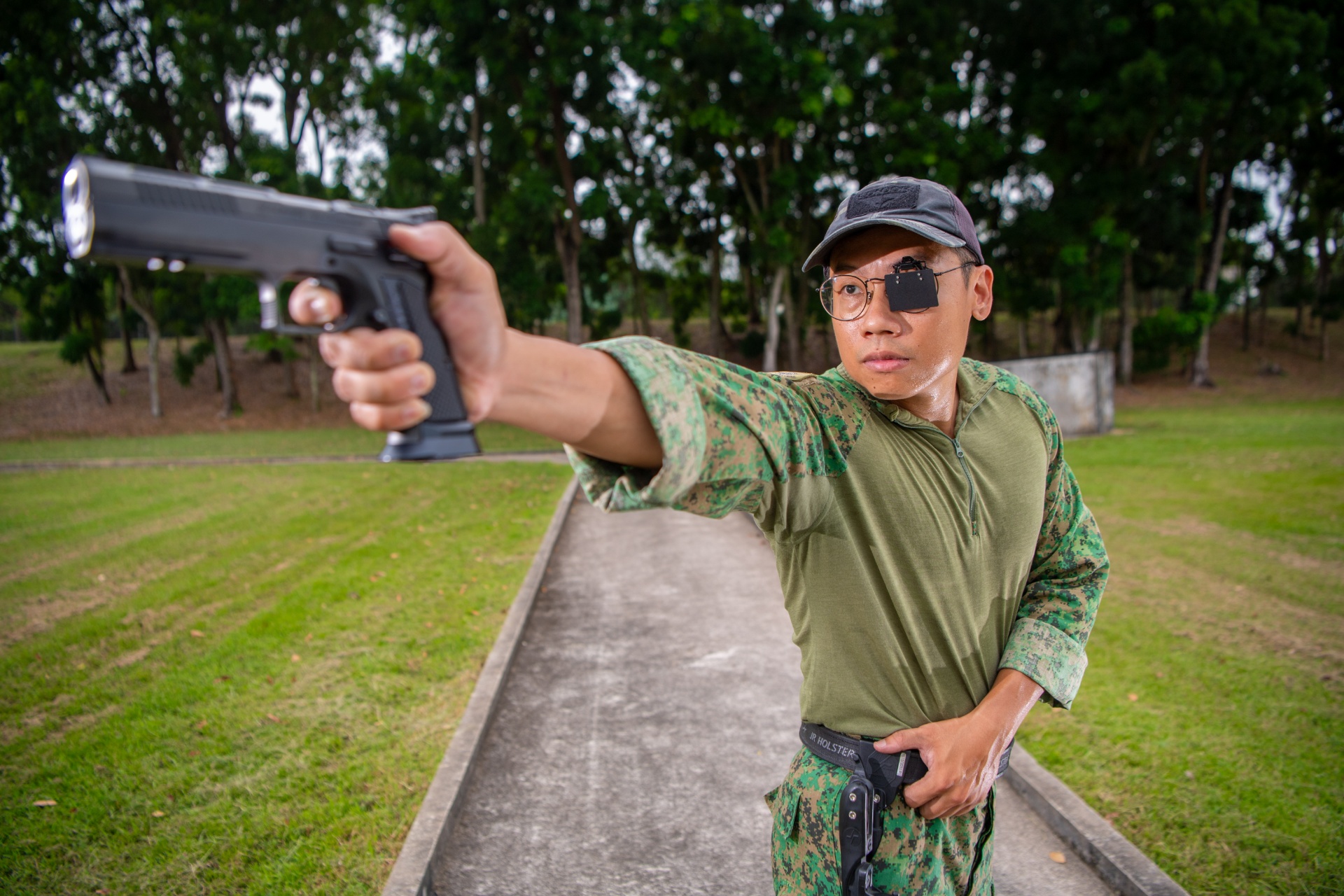TECHNOLOGY
FORGING A TECHNOLOGICAL EDGE
08 Mar 2010
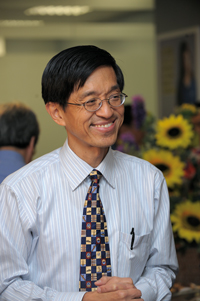
How the Singapore Armed Forces (SAF) builds force multipliers through steady and consistent investments in its tried and tested defence technology ecosystem.
Every year, the Ministry of Defence (MINDEF) allocates a significant amount of its budget to research and development, with the aim of investing in technologies that have potentially high pay-offs for our defence in the future.
One of the key agencies involved in this area of defence is the MINDEF Defence Research & Technology Office (DR Tech) headed by Chief Defence Scientist (CDS) Quek Tong Boon. This office provides the overarching direction within which the rest of the defence ecosystem works.
How does DR Tech work to ensure that the SAF continue to build and maintain its technological edge?
CDS: To maximise the returns from our Research and Technology (R&T) investment in terms of capability build-up for our defence, we manage our R&T budget as a portfolio.
The DR Tech office is responsible for this portfolio. We identify the broad R&T capability areas to invest in, map out the strategies and collaborate with other agencies such as the Defence Science & Technology Agency (DSTA), DSO National Laboratories and our defence industry to translate them into capabilities.
We also work very closely with the SAF to proactively match technological possibilities with operational requirements and to facilitate the seamless transition of technologies from laboratories to operational capabilities.
Why is it important that the SAF continue to strengthen its technological capabilities?
Our real edge comes from our ability to adapt, modify or upgrade what we can buy to better suit our requirements and environment, and, when necessary, to build what we cannot buy.
This ability to customise and build is underpinned by the breadth and depth of the expertise, experience and technological base that we have built up over the years through our sustained investments in R&D.
Our military and technology communities enjoy a symbiotic relationship today. As a result, the melding of operational and technological requirements is now very much a part of our blueprint in the build-up of new capabilities for the SAF. Most of the 3rd Generation SAF capabilities that you have read about and will continue to read about are quite complex and could not have been realised without this strong link between operational and technological concerns.
What is the general direction which the SAF and MINDEF will pursue in terms of defence technology?
In broad terms, areas such as sensors, C3 (command, control and communications), unmanned systems and precision systems are transformation enablers in our 3rd Generation SAF journey which we will continue to pursue.
To support the full spectrum of SAF operations...we will also continue to adapt these transformation enablers, enhance our defence against Chemical, Biological, Radiological and Explosive threats, and develop other relevant technologies to ensure that the SAF has the full spectrum of technological means to match its full spectrum of operations.
At the technology enabler level, we are following very closely advances in technologies such as nanotechnology, more compact power sources, artificial intelligence and even biomedical sciences. This is to harness them for novel applications in our defence systems and to equip our soldiers as best as we can to maximise their protection, performance and situation awareness.
Research and Development- DSO National Laboratories
DSO is Singapore's national defence R&D organisation and is the country's largest R&D organisation with more than 1,000 scientists and engineers. Its role in the ecosystem is to focus on technologies and systems in which the SAF has limited acquisition options. Many of the SAF's mission-critical systems bear the invisible imprint of their work.
Recent technological innovation
PolarFour Hyperspectral camera
The Hyperspectral camera captures the light information of objects across a wide spectrum that extends beyond visible light. This enables it to record spectral signatures which normal cameras cannot do. This data can then be analysed to infer the nature of the objects that have been captured and even what they are used for. One of the potential uses of the camera is in humanitarian aid operations such as searching for survivors.
Implementer - Defence Science & Technology Agency (DSTA)
DSTA acquires weapon systems for the SAF, advises it on all defence science and technology matters, and designs, develops and maintains defence infrastructure. It also provides related technological services in defence areas and promotes the development of defence science and technology in Singapore.
Industrial partner - Local defence industry
Local defence industry partners such as Singapore Technologies (ST) Engineering are key to Singapore's defence technology ecosystem. ST Engineering has since evolved to become a global engineering group with core capabilities in aerospace, electronics, land systems and marine sectors.
Recent technological innovation
Trailblazer Mine Clearing Vehicle
The Trailblazer is a single-engined armoured vehicle designed to clear minefields. With its state-of-the-art transmission technology and the Kinetics Route Indicator System, both developed by ST Engineering, the Trailblazer enables the SAF's Combat Engineers to quickly clear a safe path for following troops and vehicles in difficult terrain.
ALSO READ IN TECHNOLOGY
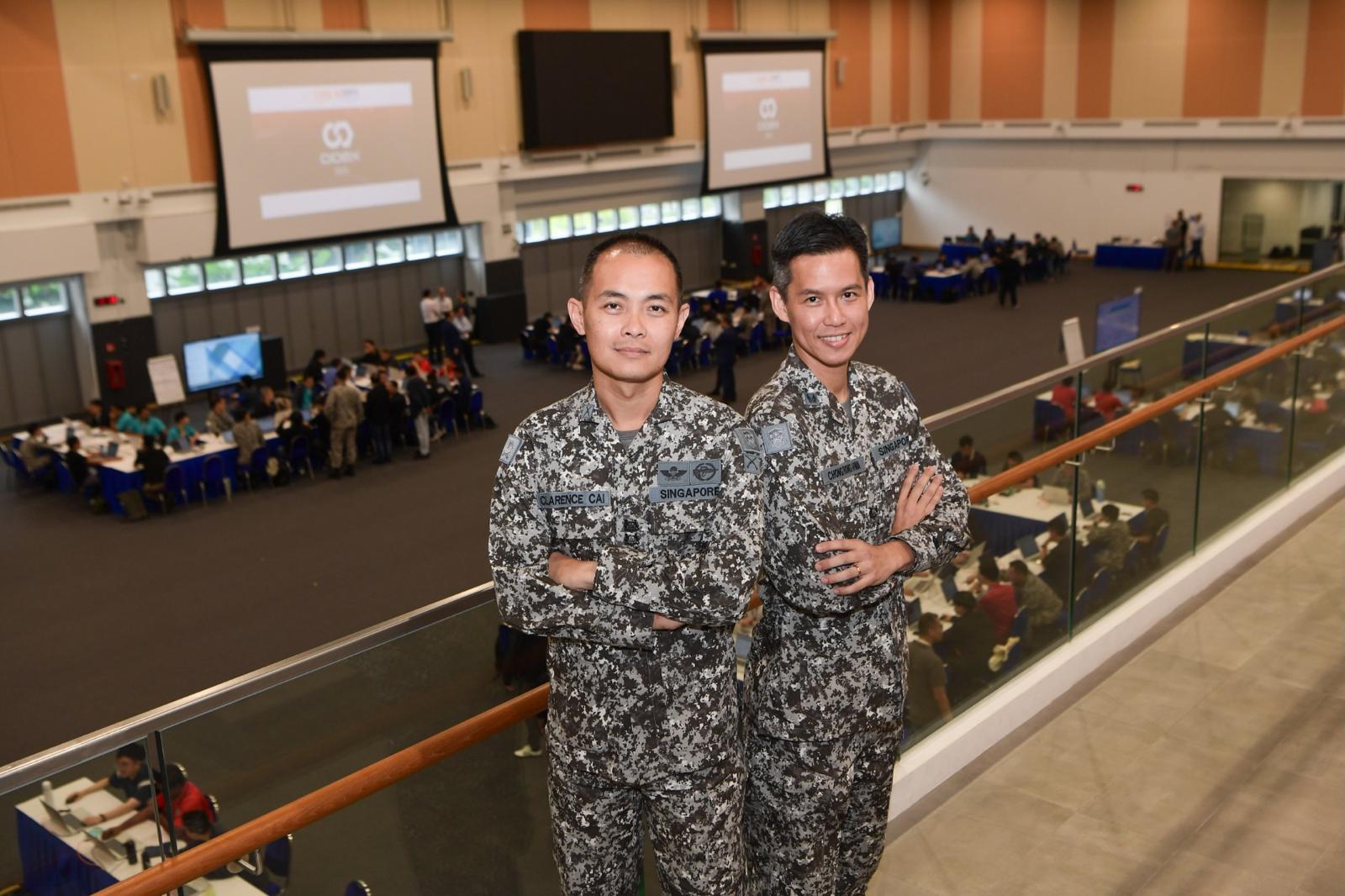
AI joins the fight in national cyber defence exercise
12 Nov 2025
AI and closer collaboration among agencies and industry are taking centre stage in this year’s Critical Infrastructure Defence Exercise (CIDeX).
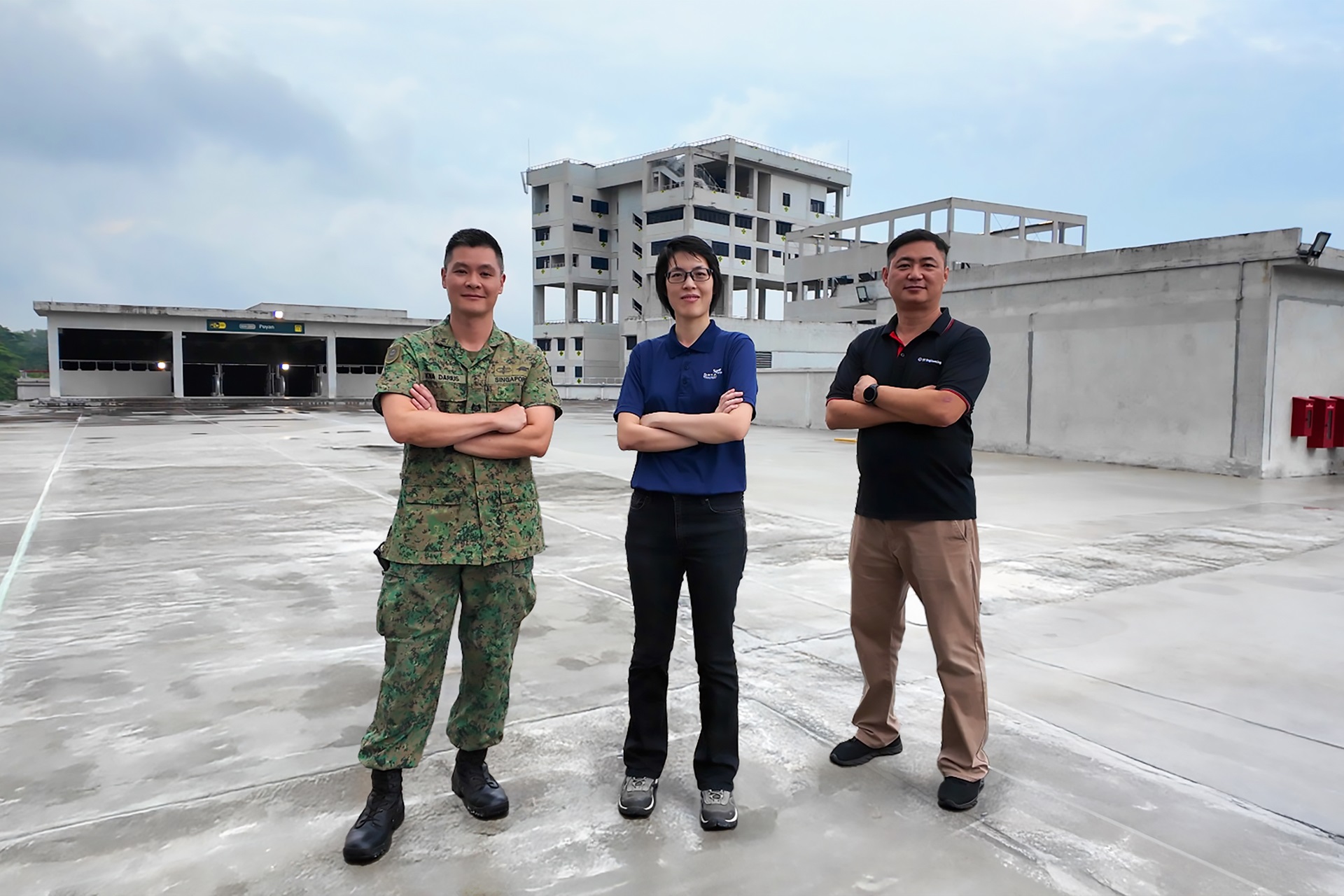
They built this city
01 Oct 2025
Turning vision to reality: the team behind SAFTI City clinches the Defence Technology Prize 2025 Team (Engineering) Award!
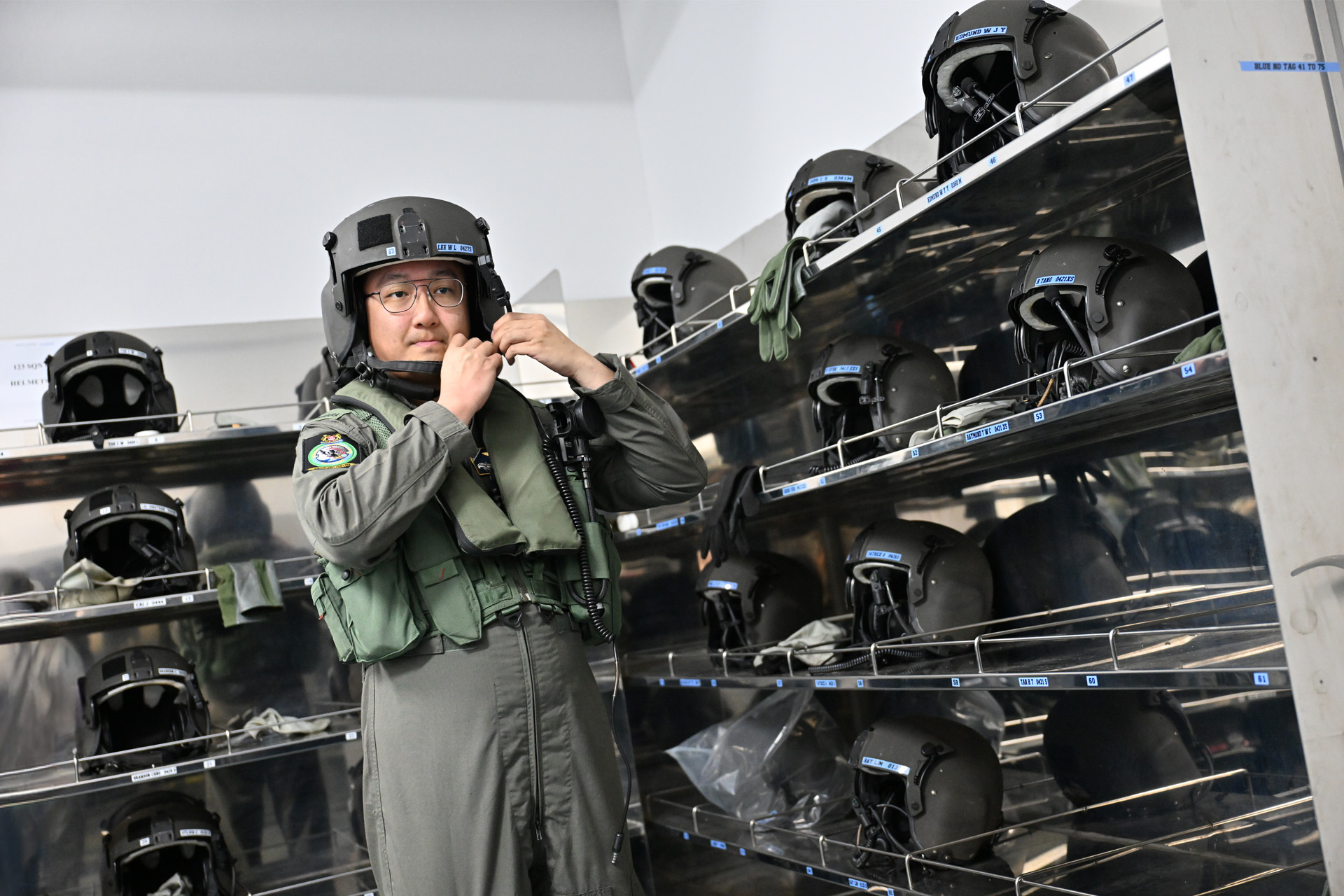
Operating over skies & seas
22 Aug 2025
This gear is designed to help a Sensor Supervisor survive emergencies in the air and at sea.

